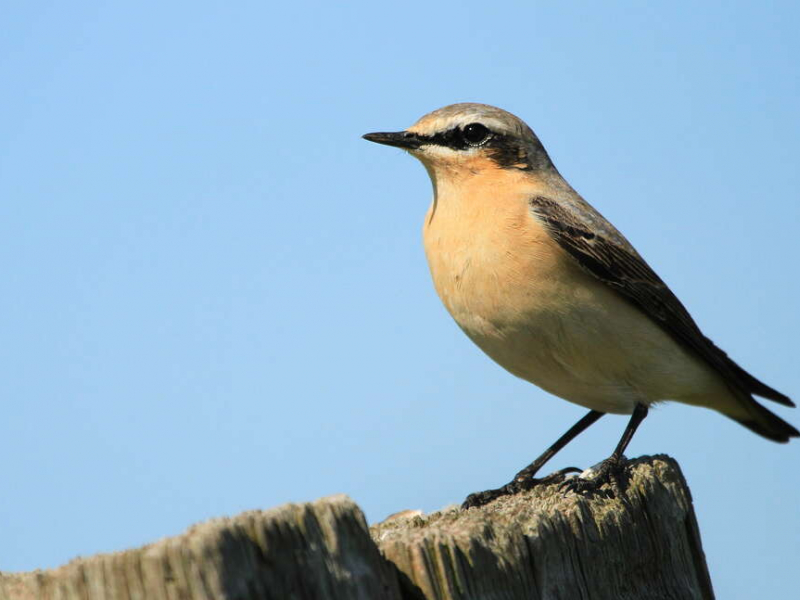STUDY : Grazing pressure influences the diet of common alpine birds
The French Biodiversity Agency (OFB), the Ecole Pratique des Hautes Etudes (EPHE), the Pyrenees and Mercantour National Parks, and their partners[1] have published a study on the diet of common birds in the mountains. Using an innovative method, it characterizes the different diets of insectivorous birds according to the intensity of grazing on the sites they occupy.
Fauna and flora influenced by domestic grazing
For several thousand years, pastoral activities have transformed mountain landscapes, opening up vast territories to grazed meadows and lawns. This long history has enabled a unique biodiversity to settle and acclimatize on the "alpages" (in the Alps) or "estives" (in the Pyrenees).
In France today, several million animals are still raised in these areas on an extensive, seasonal basis. Pastoral activity limits the development of woody vegetation, affects the biomass and height of herbaceous vegetation over the course of the season, and modifies the structure and composition of the soil. Together, these actions influence the entire ecosystem and locally modify the composition of plant and insect communities. Paradoxically, despite a gradual decline in domestic livestock numbers since the 1970s, livestock farming in mountain areas could intensify under the impact of global warming, for example to compensate for the production deficit of lowland meadows, which are more exposed to drought. Studies into the functioning of these ecosystems are helping to identify the potential effects of changing practices on biodiversity.
High-altitude gastronomy
Bird species inhabiting alpine pastures are mostly insectivorous, and their populations are in contact with domestic herds. While these birds benefit from the grasslands and meadows reclaimed from the forest through grazing, there is no consensus on the influence that the presence of a herd can have on their territory. One of the mechanisms by which domestic herds could influence wild birds would be the deprivation, or on the contrary the provision, of insect resources. However, this hypothesis has never been tested to date, not least because of severe technical constraints: studies of this kind have relied on the analysis of faeces (droppings), but insect remains are highly degraded by bird digestion.
The development of new technologies and new methodological approaches based on DNA or, as in our study, on the analysis of stable isotopes of carbon and nitrogen (atoms with unusual elementary structures, found in very small quantities in nature), now make it possible to carry out quantitative studies of the diets of insectivorous birds, without disturbing them (these species are for most of them protected).
Birds rely on the presence of large herbivores for food?
The study carried out in the Pyrenees and Mercantour revealed that two species of insectivorous mountain birds - the most common above 1800 metres: the Spioncelle Pipit and the Motteux Traquet - change their diet as soon as the habitat is grazed, even at very low intensity. On more intensively grazed sites, this change in diet also becomes more marked. These common birds go from feeding mainly on herbivorous insects, such as locusts and butterfly caterpillars, to feeding mainly on arthropods with other diets: predators (spiders), coprophages (beetles), or even detritivores (diptera with aquatic larvae) ... Thus, it seems that the most common birds of the estives and alpine pastures know how to take advantage of the presence of flocks to obtain food! A logical adaptation for species that specialize in herbaceous environments, often "opened up" by the teeth of herbivores. The next steps will be to study the responses of other, less common bird species to the grazing gradient, and to use DNA-based technologies to identify which insect species are consumed and their energetic interest.
[1] CNRS, University Montpellier, Lyon 1, and Tromsø (Norway).




